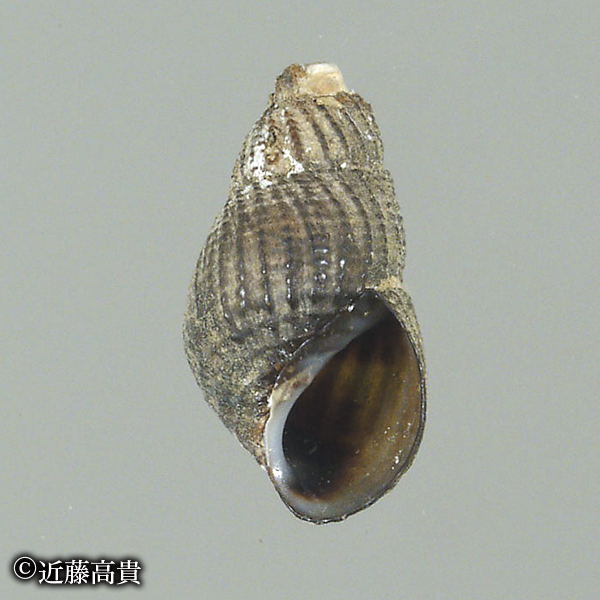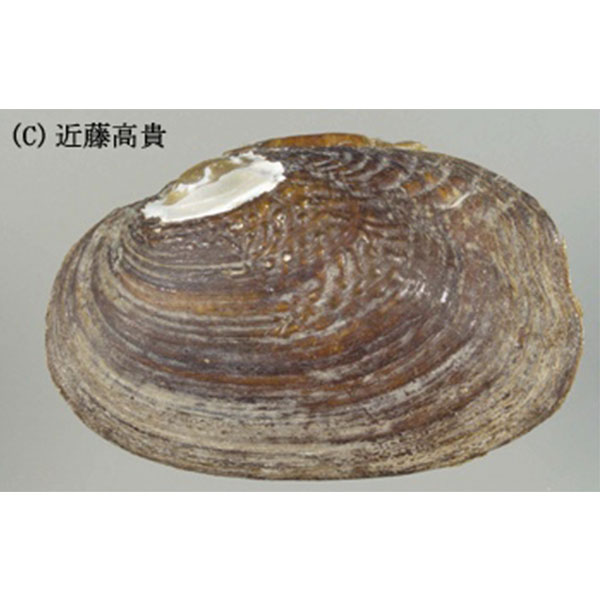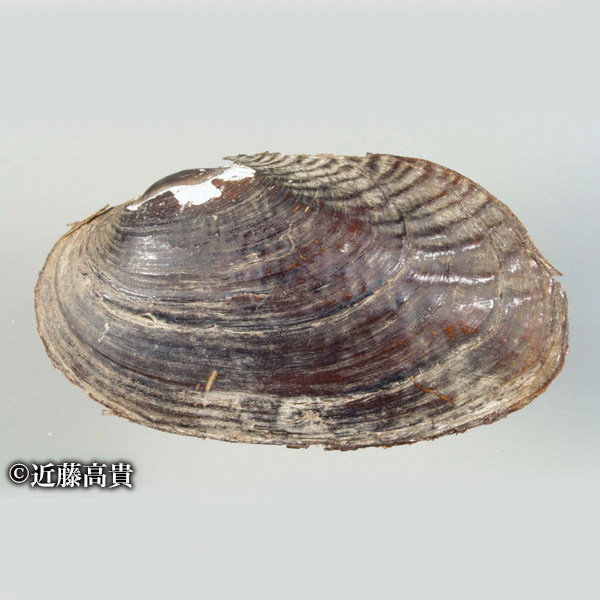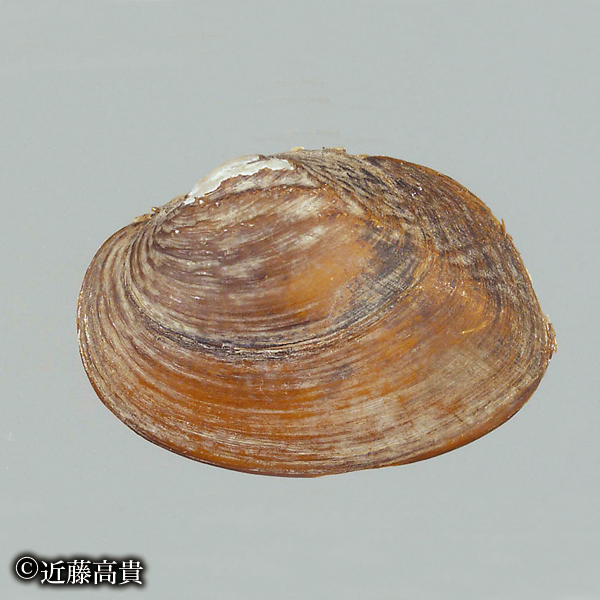 Endangered Freshwater snails and bivalves in Kyoto Prefecture
Endangered Freshwater snails and bivalves in Kyoto Prefecture
Freshwater snails and bivalves found in Kyoto Prefecture fall into 51 species from 15 families and six orders, of which five extinct, nine critically endangered, five endangered, four vulnerable, and two near threatened & least concern species are listed in the Kyoto Prefecture Red Data Book. Of the species observed in the prefecture, threatened species account for 49%.
The List of Biological and Geological Components of the Natural Environment of Kyoto Prefecture (Japanese)
Kyoto Prefecture Red List (Japanese)
Kyoto Prefecture Red List
| Extinct | Critically Endangered | Endangered | Vulnerable | Near Threatened & Least Concern | Sum | Total number of species in Kyoto | |
|---|---|---|---|---|---|---|---|
| Freshwater snails and bivalves | 5 | 9 | 5 | 4 | 2 | 25 | 51 |
Typical endangered species

NAKASEKOKAWANINA
Common Name(s)
none
Order
Sorbeoconcha
Family
Pleuroceridae
Scientific Name
Biwamelania nakasekoae
(Kuroda, 1929)
Kyoto Prefecture Red List
Critically Endangered
IUCN RED LIST
Outline
This species is a relatively small Semisulcospira libertina and has a shell length of about 20 mm. It inhabits the Yodo river system. In Kyoto Prefecture, this species has been found inhabiting the Biwa channel and the Uji river.
Endemic to Japan

NISEMATSUKASAGAI
Common Name(s)
none
Order
Unionoida
Family
Unionidae
Scientific Name
Inversiunio yanagawensis
(Kondo, 1982)
Kyoto Prefecture Red List
Endangered
IUCN RED LIST
Outline
This species has a shell length of up to 7 cm. It inhabits sand-gravel or mud beds of brooks and irrigation ditches. Its larvae are parasitic on the branchiae of freshwater gobies and other fish.
Endemic to Japan

KATAHAGAI
Common Name(s)
none
Order
Unionoida
Family
Unionidae
Scientific Name
Obovalis omiensis
(Heimberg, 1884)
Kyoto Prefecture Red List
Endangered
IUCN RED LIST
Outline
This species has a shell length of up to 8 cm. It inhabits sand-gravel beds of brooks and irrigation ditches. Its larvae are parasitic on the branchiae of freshwater gobies and other fish. It grows about three times its initial size during its parasitic period.
Endemic to Japan

OBAEBOSHIGAI
Common Name(s)
none
Order
Unionoida
Family
Unionidae
Scientific Name
Inversidens brandti
(Kobelt, 1879)
Kyoto Prefecture Red List
Endangered
IUCN RED LIST
Outline
This species has a shell length of up to 50 mm. It inhabits sand-gravel or mud beds of brooks and irrigation ditches. Its larvae are parasitic on the branchiae of Gnathopogon elongatus and other fish.
Endemic to Japan

MASHIJIMI
Common Name(s)
Asian clam
Order
Veneroida
Family
Corbiculidae
Scientific Name
Corbicula leana
(Prime, 1864)
Kyoto Prefecture Red List
Endangered
IUCN RED LIST
LC
Outline
The Asian clam shell length is up to 30 mm. It inhabits sand-gravel or mud beds of brooks and irrigation ditches. It is ambisexual, ovoviviparous, and tripoid. The Asian clam is an androgenetic species.
Endemic to Japan

MAMETANISHI
Common Name(s)
none
Order
Caenogastropoda
Family
Bithyniidae
Scientific Name
Parafossarulus manchouricus japonicus
(Pilsby, 1901)
Kyoto Prefecture Red List
Critically Endangered
IUCN RED LIST
Outline
This species has a shell length of about 13 mm. It inhabits waterweeds and gravels of spring-fed nearly-still waters. It lays eggs during a period from spring to summer.
Endemic to Japan
Contact: Kyoto Prefecture Department of the Environment
Nature and Environmental Conservation Division
Tel 075-414-4706 FAX 075-414-4705
e-mail: shizen-kankyo@pref.kyoto.lg.jp
〒602-8570 Yabunouchi-cho, Nishiiru, Shinmachi, Shimodachiuri-dori, Kamigyo-ku, Kyoto-shi
